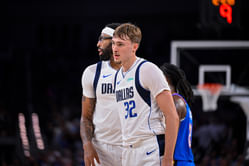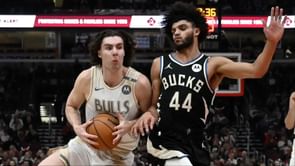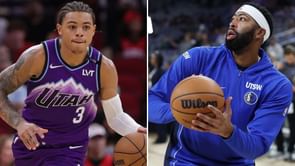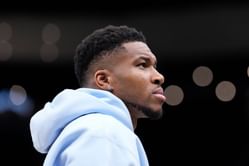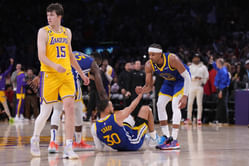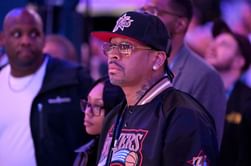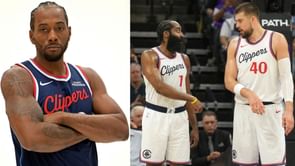The NBA stands out amongst other sports leagues for its unique approach of maintaining competitive balance through a salary cap system. This financial restriction is crucial in preventing an imbalance. If there are no restraints on spending, then the so-called big-market NBA teams with greater revenue and financial muscle could potentially assemble super teams featuring multiple basketball superstars.
Teams like the Los Angeles Lakers and Boston Celtics, considered big-market franchises due to their popularity and location, would hold significant power to sign any NBA superstar. In contrast, small market teams such as the Memphis Grizzlies would struggle to sign any star players as they can not compete on the same financial playing field.
This is why the NBA established the salary cap, a predetermined limit on team expenditures. By restricting the number of high-earning superstars a team can sign, the NBA ensures that competition remains robust and fair. Today, franchises can typically sign two to three superstar players, and this deliberate effort fosters an environment where success is not monopolized by a select few big-market teams.
Now, unlike most North American sports leagues that enforce a hard salary cap, the NBA has adopted a soft salary cap. The NBA's soft salary cap allows teams to surpass the salary cap by significant margins, often by millions of dollars. According to Spotrac, only five NBA teams are projected to stay under the cap in the 2023/24 season.
The primary repercussion for teams exceeding the salary cap is the imposition of the luxury tax. This system penalizes NBA teams in a progressive manner, with the severity of luxury tax penalties escalating based on the extent to which they surpass the established salary cap limit. As teams invest more in player salaries, they incur higher luxury tax fees.
NBA Luxury Tax Explained
The NBA luxury tax is a system designed to reward NBA teams for staying under a set spending limit and penalize those who exceed it, ensuring financial fairness in the NBA.
Salary Cap and Exceptions: While an NBA salary cap sets the overall limit for teams’ spending, NBA teams can still use mid-level exceptions, Bird rights to surpass the cap. However, exceeding a certain spending limit triggers the luxury tax.
Luxury Tax Line: There's a separate luxury tax line, projected to be around $165 million for the 2023/24 NBA season, beyond which teams face penalties for overspending.
Escalating Fees: The fees increase based on how far teams exceed the luxury tax line. For instance:
$0-5 million above tax line: $1.50 per dollar (up to $7.5 million).
$5-10 million above tax line: $1.75 per dollar (up to $8.75 million).
$10-15 million above tax line: $2.50 per dollar (up to $12.5 million).
$15-20 million above tax line: $3.25 per dollar (up to $16.25 million).
For every additional $5 million above tax line beyond $20 million, fees increase by $0.50 per dollar.
Penalties for Repeat Offenders: Teams labeled "repeat offenders," those consistently exceeding the luxury tax line in recent seasons, face even harsher penalties. The fees rise more quickly for each dollar spent beyond the limit.
Here are the fees for repeat offenders:
$0-5 million above tax line: $2.50 per dollar (up to $12.5 million)
$5-10 million above tax line: $2.75 per dollar (up to $13.75 million)
$10-15 million above tax line: $3.50 per dollar (up to $17.5 million)
$15-20 million above tax line: $4.25 per dollar (up to $21.25 million)
For every additional $5 million above tax line beyond $20 million, rates increase by $0.50 per dollar.
The luxury tax, presented in a structured format, serves as a vital tool in maintaining financial integrity and competitive fairness within the NBA.
FAQs
A: The NBA luxury tax is a penalty system that progressively penalizes teams for exceeding a set spending limit known as “NBA Salary Cap.” The more teams surpass this limit, the higher the luxury tax fees they must pay.
A: The Golden State Warriors lead in luxury tax for the 2023/24 NBA season, facing a projected payment of $190 million.
A: The luxury tax line in the NBA is a predetermined spending threshold that teams must not exceed. For the 2023/24 season, it is projected to be around $165 million.
A: The NBA luxury tax per dollar varies based on the extent to which a team exceeds the luxury tax line. The fees increase in increments, starting from $1.50 per dollar and escalating based on the overspending amount.
A: The luxury tax threshold for the NBA in 2023 is projected to be approximately $165 million.
A: The Golden State Warriors will pay $190 million in the luxury tax payments for 2023/24 NBA season.

